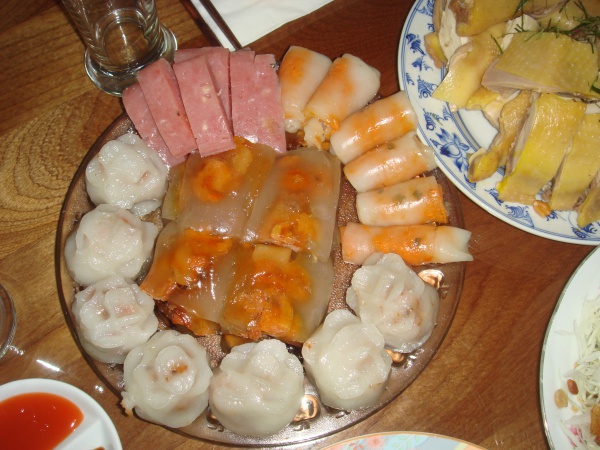Facts About Bánh
In Vietnamese cuisine, the word "bánh" encompasses a vast array of food items, loosely translating to "cake" or "bread." This versatile term includes sweet and savory cakes, buns, pastries, sandwiches, and more, all prepared using various cooking methods such as steaming, baking, frying, deep-frying, or boiling. While "bánh" frequently involves wheat or rice flour, it can also refer to noodle and fish cake dishes like "bánh canh" and "bánh hỏi."
Each type of "bánh" is identified by a descriptive word that follows it, such as "bánh bò" (cow cake) or "bánh chuối" (banana cake). Interestingly, the term extends beyond Vietnamese cuisine; it can even describe items such as fortune cookies, pudding, and sacramental bread.
There are numerous traditional "bánh" dishes, including:
- Noodles: "bánh canh" and "bánh phở"
- Dumplings: "bánh bá trạng" and "bánh bao"
- Pancakes: "bánh bèo" and "bánh xèo"
- Rolls: "bánh cuốn"
- Rice Paper Items: "bánh tráng" and "bánh ướt"
- Breads and Sandwiches: "bánh mì"
- Sweet Cakes: "bánh bò" and "bánh chuối"
- Special Occasion Dishes: "bánh chưng" and "bánh tét"
The term "bánh" also includes sponge cakes, rice crackers, steamed rice cakes, mooncakes, and various cookies and pastries. These dishes can be either sweet or savory, each with unique flavors and ingredients that highlight the rich culinary heritage of Vietnam.

 China
China